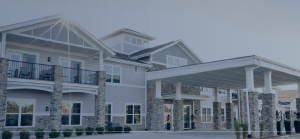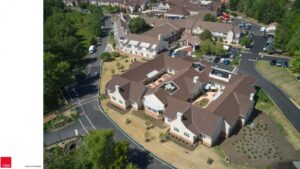Total investment returns for the senior living sector dipped to .59% in the third quarter of 2022, representing a drop from the 1.26% returns seen in 2Q22.
Still, total returns were positive for the ninth consecutive quarter, a pace kept up since 2Q20 when returns turned negative on pandemic-related pressures. That’s according to a new update from the National Investment Center for Seniors Housing & Care (NIC).
The industry’s 3Q22 return totals are in line with net profits interest (NPI) growth in the general economy of 0.57%. Positive income returns for both the NPI and senior living were partly offset by negative appreciation, according to the report.
Those totals reflect the returns of 189 senior housing properties, carrying a value of $10.62 billion in the third quarter of this year. Overall, the senior living industry in the third quarter experienced an increase in demand and moderate inventory growth.
“Many investors have reduced their appreciation expectations for senior housing as the impact of the coronavirus has weighed heavily on their view of the sector,” noted NIC Chief Economist Beth Mace and Senior Principal Caroline Clapp, who authored the report.
The report also indicated that occupancy stood at 82.2% in Q3 which is one percentage point up from the previous quarter and 4.3 points higher than the pandemic-era low, but about 5 percentage points short of the pre-pandemic rate in 2Q2022.
But, the occupancy rates vary wildly from one market to another, with more than a third of the properties in NIC MAP Vision’s dataset seeing occupancy levels at or above 90%.
“While these statistics are promising, future occupancy improvement will be shaped by local patterns of inventory growth and demand, and will be influenced by the broad economy, consumer confidence, inflation pressures, rising interest rates, the ease of development, Covid- 19 variants, and vaccination rates,” Mace and Clapp wrote.
Despite the near-term pressure and uncertainty, investors still see the senior living industry as a good long-term bet. At 10.14%, the ten-year return for the senior living industry outpaced every other major property type except industrial, according to NIC.
Income and appreciation returns for senior housing clocked in at 5.3% and 4.67%, respectively; surpassing the NPI, which registered at 4.73% during that time frame.






